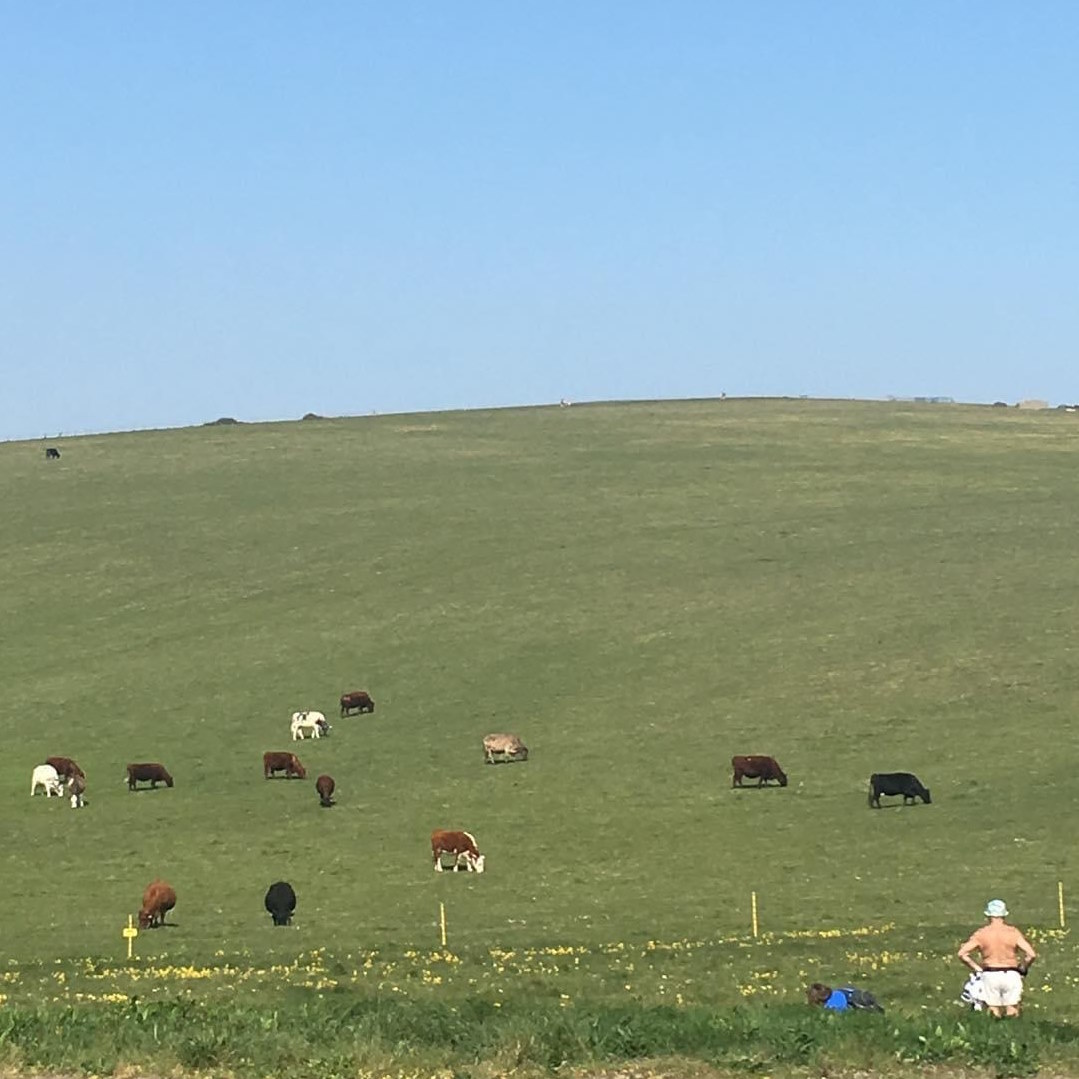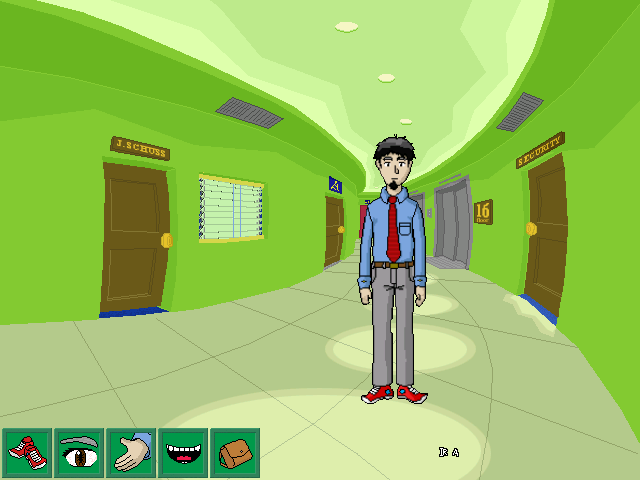18 Jan 2025

Venezuela is present at the Global Game Jam 2025! Between the 20th and 26th of January. I have a writeup of the 4 sites that we’ll have this year: Caracas, Barquisimeto, Maracaibo and Maracay. More about this at my Spanish-only gamedev blog El Chigüire Literario.
29 May 2024

I’ll be travelling to Eastnor this last Thursday of May to be at Electromagnetic Field 2024. If you are there too, please give me a shout!
Apart from stumbling around and see the lovely people, inventions and sights, I’ll be running a ukulele jam on Sunday 2nd June, from 12:00 to 13:30 at Workshop 0 (Drop-in). Chord sheets are provided on display, and you can download them to your tablet. If I see lots of newbies we can dedicate the first half of the jam to simpler songs, and then go on to more complex songs at the end. All skill levels are welcome. Please bring your ukulele. We have a very small stock of ukuleles for drop-ins.
See you there!
25 Feb 2024

As in previous years, I’ve posted all the music I made as part of our Tuesday Tunesday thing we do among friends each week. Please go to Music in 2023 to listen to it.
06 Feb 2024
As it has been usual in the past years, I’ve written my summary of Caracas Game Jam 2024 (in Spanish). 46 in-venue participants and 15 online made 17 games, whose gameplay videos are compiled in one big video. Kudos to the organisers, who made a great job this year setting up everything, and coming back to a physical site since 2020. Please read the summary and watch the video.
25 Oct 2023

On the 25th October 2003 I published Take a Break’s demo on the Adventure Game Studio forums. With time, the demo stopped being so and became the whole game. The links in the original post are dead, sadly, but the game can still be download from here. A copy of the post in the AGS forums is here as well (because you never know). Take a Break is also known as Tómate un Descanso, its title in Spanish.

Take a Break is a point and click adventure game, heavily inspired in the games made by Lucasarts in its time, such as Day of the Tentacle. It was made with Adventure Game Studio, a tool that it’s still used to this day to make games in this style. Take a Break was the first game I ever posted to the Internet, although not the first I made. That belongs to some games I made with Recreational Sofware Design’s GameMaker and some Paint Shop Pro version, and lost like tears in rain. Sadly, the sources to Take a Break were also lost with a hard drive failure, and no longer exist. Only the executable that we have today.
In the game, Albert Krakowitz is an office worker that wants to escape work to travel to the fictional and caribbean Isla de Bastidores. The demo was envisioned as some sorts of cold intro for the game, with most the story telling the misfortunes of Al and his travel companion, and him possible returning as a new man.
I published the game convinced that it was just the demo for a much longer and complex game, but eventually I got some other interests, and the demo became the whole thing. I made the illustrations and animations for the game, and some of the music. In 2003 I was in the middle of my undergraduate studies, but we had just went through some hard times (the 2002 general strike). During the strike, we didn’t have classes, and this was the moment where I developed most of this game. The illustrations were hand-drawn, digitalised and then pixel art on top of them. The music, except for the one at the game’s intro, was made by me, I do not remember which MIDI sequencer I used.
Take a Break had a walkthrough written by Francesc Planas, and the original link is dead, but can still be seen on Wayback Machine (I also include a copy of that Wayback Machine entry because you never know). I know this because I wrote about it in El Chigüire Literario, my fully-Spanish gamedev blog. The game had reviews on personal blogs that no longer exist (Moderno Prometeo is one of the ones I can track in my blog).
The things I learned in the game I used them later to create an AGS tutorial. As it happens with lots of documentation, the tool itself evolves and changes, and eventual the tutorial was outdated.
Take a break never won any prizes, and I’m not sure if it had an impact on anyone. The fact this game can run on a PC 20 years of having been published is a sign of how good Windows compatibility is, a feature not shown by any other platform, not even Adobe Flash. However, I can say that this game was important in my personal and professional growth. This game, and those who came after, and everything I wrote in El Chigüire Literario, silently built over itself to make my career and my life. I love that this game can still be played, and that I can show a bit of my thoughts 20 years ago. I am glad to point at this and say “I made this then”.
Preserving things through time is hard. I am still a bit sad to have lost the game sources. But we can still enjoy what has survived.



